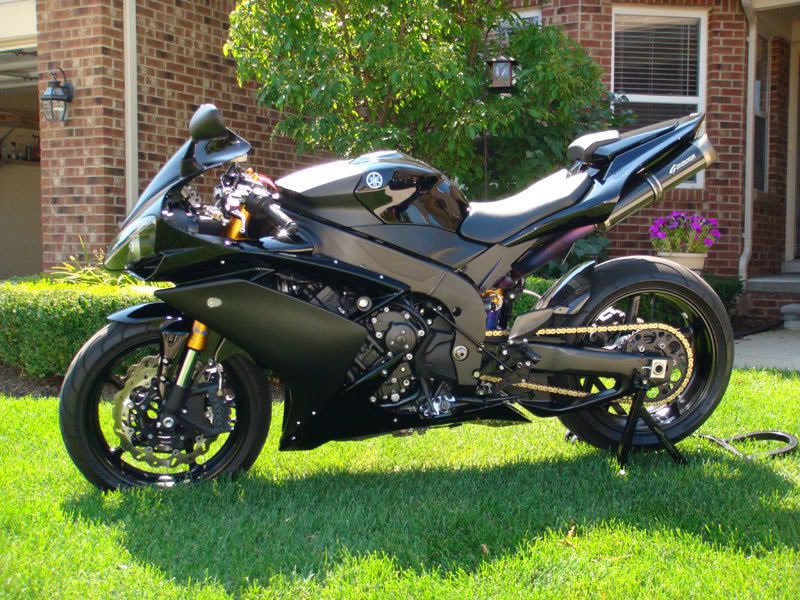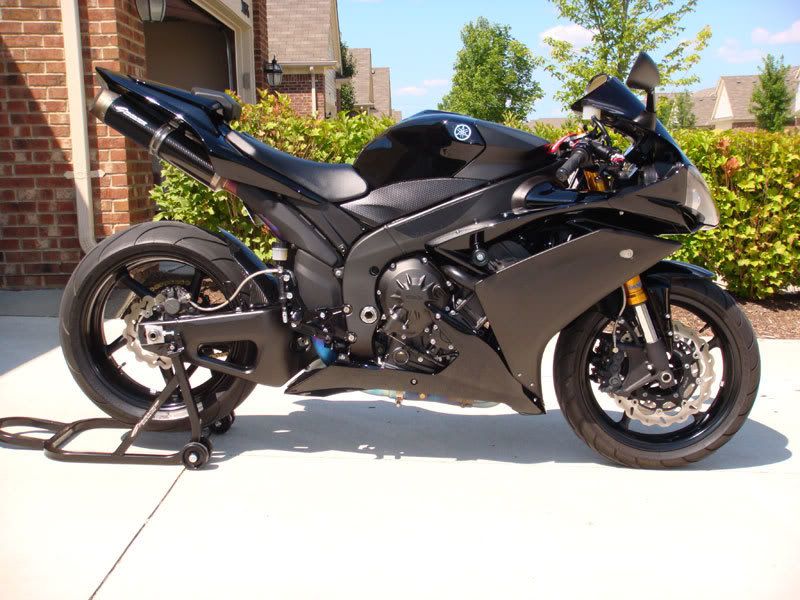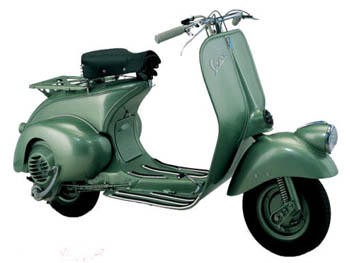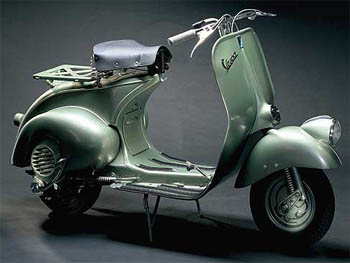I know this post is a little bit late. I was thinking whether to include this bike or not on this blog because this blog is mostly about Yamaha cub bikes but I can't resist the temptation given by Shogun 125 SP by Suzuki.
When I was studying in secondary school, my father bought me a Suzuki Best 110. At that time, there were Yamaha SS 110 and RG Sports 110 as the contender to Best 110. So, I think it is also relevant to put it into this blog.
The wow element that I can find in this Shogun is on the installation of front and rear disc brake. Front and rear disc brake is very hard to find fitted on cub bikes. The bikes that I know have this kind of installation is Yamaha 125Z and Suzuki RGX 120 in Malaysia. In Thailand, it is a different story because they have a lot of cub bike fitted with front and rear disc brake like Honda Sonic, Honda Nova, Kawasaki Leostar, Yamaha X1R and many more.
The other good element in this Shogun is the availability of manual hand clutch which gives better acceleration and torque to the bike. The other bike that have manual hand clutch is Yamaha LC135ES only.
The sport rim is also my favourite because it features the Y-spoke. Y-spoke sport rims is used in many popular bike like Aprilia RS125 and Kawasaki Ninja ZX250R. Both which are also my favourite bike other than Yamaha.
The downside of this bike is the use of old style rear suspension which is still NOT monoshock. This make the overall looks of the bike look safe and nothing special. You can modified your LC135 to get front and rear disc brake, but it is much much harder to change the double shock system to monoshock system. One more thing is about the displacement(cc) of the Shogun. It is only 125cc where nowadays the buzzword is 135cc. I really think Suzuki need to do something about it.







 3:16 AM
3:16 AM
 wong jowo
wong jowo


 The Suzuki SV1000S is a superb new or secondhand motorcycle choice, the 1000cc V-twin engine is placed in a simple roadster chassis with a frame-mounted half fairing and fully adjustable suspension motorcycle. The Suzuki SV1000S is easy to ride, also very good on the power side and comfort – but somehow just a little bland, which is probably why it never sold in large numbers worldwide. Still the Suzuki SV1000S can be bought relatively cheap compared to what it offers.
The Suzuki SV1000S is a superb new or secondhand motorcycle choice, the 1000cc V-twin engine is placed in a simple roadster chassis with a frame-mounted half fairing and fully adjustable suspension motorcycle. The Suzuki SV1000S is easy to ride, also very good on the power side and comfort – but somehow just a little bland, which is probably why it never sold in large numbers worldwide. Still the Suzuki SV1000S can be bought relatively cheap compared to what it offers. 2009 sees an addition to Yamaha’s middleweight collection in the dynamic new Yamaha XJ6, the naked version of the 2009 Yamaha XJ6 Diversion with a character all of its own. This striking all-new 600 with its lightweight new chassis, stylish bodywork and low seat height is ideal for both new and experienced riders looking for a beautifully-designed performance middleweight.
2009 sees an addition to Yamaha’s middleweight collection in the dynamic new Yamaha XJ6, the naked version of the 2009 Yamaha XJ6 Diversion with a character all of its own. This striking all-new 600 with its lightweight new chassis, stylish bodywork and low seat height is ideal for both new and experienced riders looking for a beautifully-designed performance middleweight. The Tiger Boxer 250 RS all-rounder. Now there's a whishy-washy term. Giving motorcycles labels – sportbike, tourer, cruiser – gives us a mental picture of what we're getting. But the 'all-rounder' badge often suggest a bland compromise that's neither nowt nor summat.
The Tiger Boxer 250 RS all-rounder. Now there's a whishy-washy term. Giving motorcycles labels – sportbike, tourer, cruiser – gives us a mental picture of what we're getting. But the 'all-rounder' badge often suggest a bland compromise that's neither nowt nor summat.

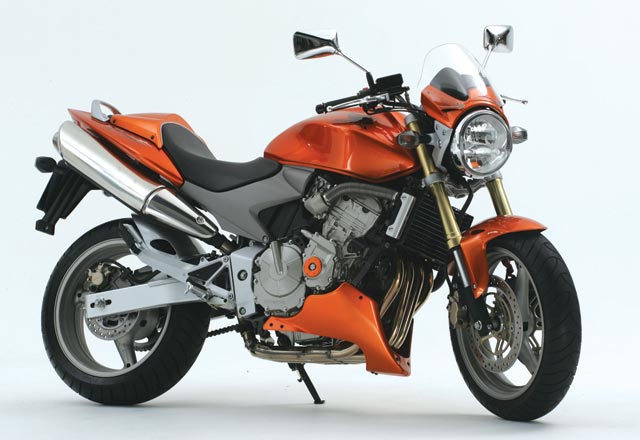

















 The latest Honda motorcycle in the Thai domestic line up to get the PGM-FI (fuel Injection) upgrade is the Honda Air Blade. At first glance, the new and stylish Honda Air Blade i looks to be no much different than his none fuel injection brother in the range. This doesn't change when you site on the bike as the lightweight and compact dimensions give little indication of the true engine capability.
The latest Honda motorcycle in the Thai domestic line up to get the PGM-FI (fuel Injection) upgrade is the Honda Air Blade. At first glance, the new and stylish Honda Air Blade i looks to be no much different than his none fuel injection brother in the range. This doesn't change when you site on the bike as the lightweight and compact dimensions give little indication of the true engine capability. With its well designed and proven frame design, well-controlled suspension and perfect balanced rubber, the chassis is tight and accurate through bends. With Honda's Combi-brake technology, the stopping department not only matches this fine handling, it surpasses it.
With its well designed and proven frame design, well-controlled suspension and perfect balanced rubber, the chassis is tight and accurate through bends. With Honda's Combi-brake technology, the stopping department not only matches this fine handling, it surpasses it.


